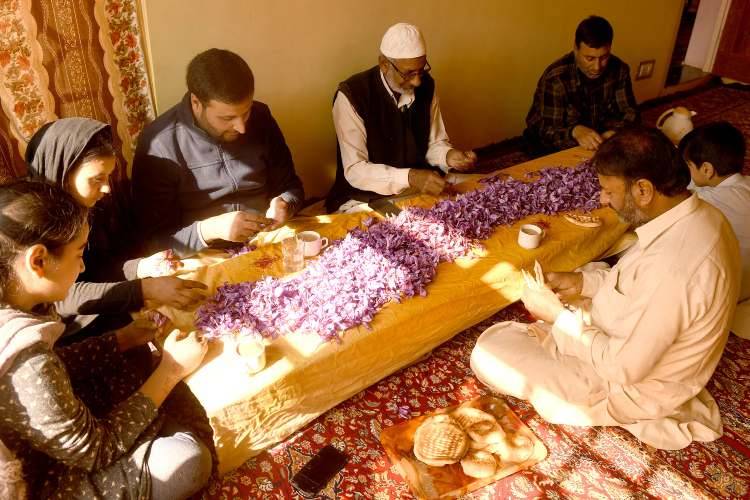
Pampore (J&K) district administration held a training and awareness programme on Sunday with the goal of increasing saffron cultivation in the valley. The event was hosted by the SKUAST Pampore Advanced Research Station for Saffron and Seed Spices and sponsored by the National Bank of Agriculture and Rural Development (NABARD).
For decades, the famous spice has been extracted from the region. "Kashmir saffron is well-known throughout the world for its high quality and consistent high demand on the national and international markets." As a result, the government is working hard to improve the quality and quantity of the world's most valuable species," said Professor Dil Mohamad Makhdoomi (SKUAST).
The organisers also gave away free saffron seed bulbs and special trays to growers. "This is the government's first initiative in the form of organising this wonderful training and awareness programme aimed at producing saffron indoors as well," said Irshad Ahmad Dar (Grower).
The training's goal was to help growers apply the special methods they learned during the programme and achieve good results in the future. A large number of progressive saffron growers attended this special training and awareness programme, and they praised the organisers for the training in indoor saffron cultivation.
Pampore, known for its saffron production, is a popular tourist destination, especially during the bloom season, when the fields are adorned with the maroon, yellow, and purple hues of the saffron flowers.
These flowers have a pleasant fragrance and attract a number of tourists who enjoy the scenery and enjoy taking photographs here.
Saffron is also known as Red Gold. It is an important commodity with a significant impact on the agricultural economy of Jammu and Kashmir. Stigma is the commercial name for saffron. Saffron is used in a variety of industries, including food, pharmaceutical, cosmetic, and perfumery, as well as textile dyes.
















